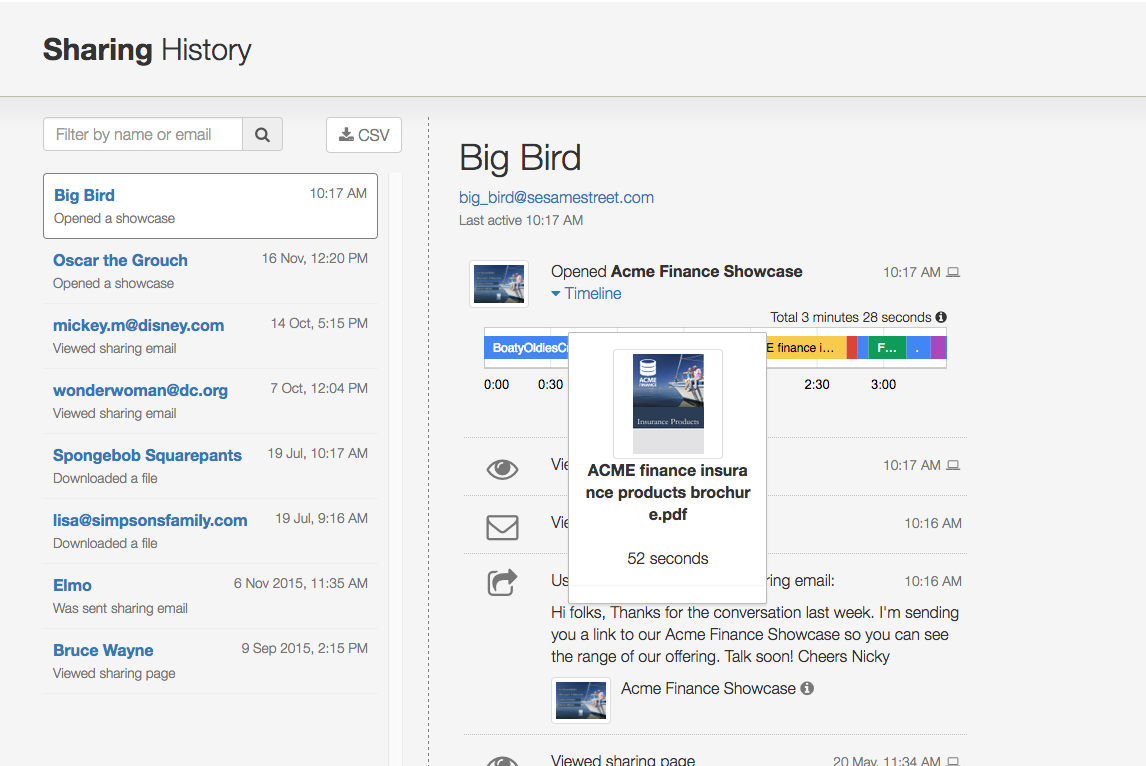Several years ago, Gartner predicted something surprising.
By 2017, CMOs would spend more on IT than CIOs did.
The IT crowd scoffed.
Marketing leaders shuddered.
Still, in 2017, that prediction came to pass.
And since then, the spending has only increased.
Today CMOs spend 29% of their budgets on marketing technology — up from 22% in 2017. Martech spending includes web content management tools, email marketing platforms, and analytics tools.
And 25% of the marketing budget is going to digital marketing channels including paid search, organic search, website development and maintenance, and email marketing.
Let’s put that into perspective for a second.
Over half of marketing spend is going toward marketing technology of some kind.
Today’s marketer IS a digital marketer.
And marketing technology IS marketing.
No longer is there a definite line between tools and strategy. Marketing technology is woven into the strategy, and it can make a difference between your strategy succeeding or failing.

Given this, it’s no wonder that some reports show an upward trend in investment in marketing technology. Forrester research predicts that U.S. marketers will increase their investment in marketing technology by 27.1% over the next 4 years.
But here’s the rub: If you’re not investing in the right technology, you’re not just setting yourself up for potential failure, you’re missing critical marketing data that would lead to more valuable insights and more effective efforts going forward.
Please Millie, enlighten us...
Ok, imagine this scenario: you've just been handed a database of 50,000 emails.
50,000 people your boss wants you to reach with an email marketing campaign.
But it's a list of emails includes current customers, prospects, and some leads purchased from a database.
It also includes every kind of role — from senior executive through to graduates and interns.
You already know that you can’t send the same marketing campaign to everyone on that list. Each person has a unique problem and is in a unique position to solve that problem. People on that list will be in varying states of awareness around your brand. Some people on that list are already engaged with your company, while others may consider your marketing messages spam because they never asked to be contacted.
You know you’ve got to create and send different content to different people on that list.
But what do you do next?
Some people would start by publishing that content to their corporate blog or social media. That’s not a bad idea. Getting your content live on the web is a critical part of getting people to consume it and (hopefully) be moved into action by it.
Some people might suggest you start by making sure you’ve got the right email marketing platform in place so you can segment your list. That way you’re sending targeted content to targeted individuals. That’s not a bad idea, either — the email marketing platform you use impacts the subscriber experience and your delivery rates.
In my experience, however, the very best place to start is even more foundational: Your analytics. Get you hands dirty in the data.
The Devil’s in the Data

What do you know about each of those 50,000 people on your email list?
- Who are they?
- Where do they work?
- What’s their role?
- How did they end up on your list?
- How have they engaged with your company — or have they?
- What content are they responding to?
- How many touches have they had from your company? And where were the touchpoints?
Only with the right data will you really know where to market to them and how.
You might think I’m about to tell you to invest your marketing budget in analytics software…
You’d be wrong.
Actually, I think analytics features should be part of just about any tool in your martech stack.
You should be able to learn about your customers at every touchpoint.
(Yeah, you know I'm not going to pass up this opportunity without sharing how we offer insights at Showcase Workshop.)

Ok, so back to the topic at hand...
The Value of a Dollar
Analytics and reporting features are being included in more and more marketing technologies and I’m sure that’s because the value of data has become more apparent to marketers and their leadership.
In his compelling AdWeek article from early 2019, How the Marketing Technology Landscape Will Transform in the New Year, Michael Brown says, “Decreased marketing budgets will require marketers to explicitly justify expenses and demonstrate ROI.” While I agree, I believe this mandate to demonstrate ROI has been going on for a while now.
Regardless of the total budget, being able to tie revenue numbers to your activities is a key tenet of every marketers' job security.
And once again I come back to how martech can help you.
You knew I would...
Every tool in your martech stack should work to help you demonstrate the ROI of your marketing activities — and by ROI, I mean how your marketing activities are leading to sales.
Let me repeat this: EVERY tool in your martech stack should help you demonstrate ROI.
Where we see a gap that can easily be closed is in the marketing activities linked to sales efforts. That is, how the sales team is using marketing content to make sales.
If you can’t track that activity, you’re missing out on critical data that directly links your marketing activities to revenue.
No, this isn’t a lesson in sales and marketing alignment (that’s a subject for another day). This is a weak point that is absolutely fixable with marketing technology.
Take a good look at the tools you use to communicate with the sales team, distribute content to them, and help them use that marketing content in their sales efforts. Do those tools have built-in analytics features? If not, fix that breakpoint.